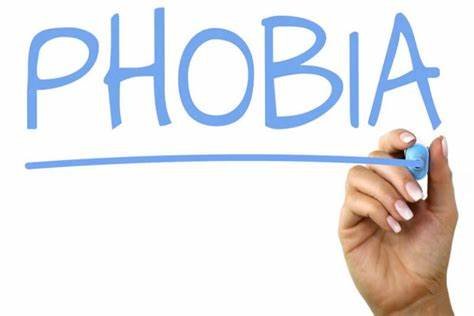In the quiet, reflective space of a therapy room, words carry immense weight. As social workers and therapists, we strive to cultivate connection and empathy. But there’s one phrase I often hear that tends to land with an unintended thud – “I get it.”
It’s meant well, of course. It’s a shorthand attempt at empathy, a signal that the therapist is on the same emotional wavelength. Yet, this phrase can subtly disrupt the delicate balance of the therapeutic relationship.
Why “I Get It” Feels Off
For many clients, sharing their inner world is an act of vulnerability. When they open up about struggles – grief, trauma, anxiety – their experiences are deeply personal. Responding with “I get it” can inadvertently shift the focus away from their narrative and place it onto the therapist’s.
Clients may hear:
•“You’re not the only one who feels this way.”
•“I’ve been through this too, so I understand completely.”
•“Let’s move on – this is familiar territory.”
Even if the therapist has experienced something similar, no two experiences are ever quite the same. Empathy doesn’t require equivalence. In fact, assuming it can unintentionally minimize the client’s pain, leaving them feeling unheard or brushed aside.
The Dangers of “Same Boat” Thinking
One of the cornerstones of therapy is the uniqueness of each client’s journey. As therapists, part of our work is to hold space for that uniqueness, even if it mirrors something we’ve faced. While shared experiences can be a source of connection, leading with “I get it”bypasses the exploration process that allows clients to fully express and process their emotions.
Empathy isn’t about jumping into the same boat; it’s about anchoring alongside, offering steady support as the client navigates their own waters.
Alternatives to “I Get It”
The beauty of therapeutic work lies in the subtle art of reflecting rather than relating. Here are some ways to communicate empathy without redirecting the focus:
•Reflect the emotion.
“That sounds incredibly difficult.”
“I can see how that would feel overwhelming.”
“It makes sense you feel that way.”
•Invite more.
“Can you tell me more about that?”
“What has that experience been like for you?”
•Hold space with silence.
Sometimes, silence says more than words. A gentle nod, warm eye contact, or simply staying present can affirm a client’s experience without rushing to respond.
When Shared Experience Can Be Helpful
There are moments when sharing a piece of your story may enhance trust – particularly in peer work or when a client explicitly seeks that connection. But even then, the framing matters. Instead of “I get it,” try:
•“I’ve been through something similar, and I know how lonely that can feel. I’m here with you.”
•“I can’t know exactly what this feels like for you, but I do understand parts of that experience.”
Transparency and humility create bridges without overshadowing the client’s experience.
The Heart of Connection
Therapy is a dance between presence and restraint. It’s a practice of honoring the client’s journey, even when our instincts pull us toward shared stories or mutual understanding. By softening our language and leaning into curiosity, we allow clients to feel truly seen and heard – not as one of many, but as someone whose story matters uniquely and entirely.
And isn’t that the kind of connection we’re all seeking?
Max E. Guttman is the owner of Mindful Living LCSW, PLLC, a private mental health practice in Yonkers, New York.
- Max E. Guttmanhttps://mentalhealthaffairs.blog/author/max-e-guttman/
- Max E. Guttmanhttps://mentalhealthaffairs.blog/author/max-e-guttman/
- Max E. Guttmanhttps://mentalhealthaffairs.blog/author/max-e-guttman/
- Max E. Guttmanhttps://mentalhealthaffairs.blog/author/max-e-guttman/







